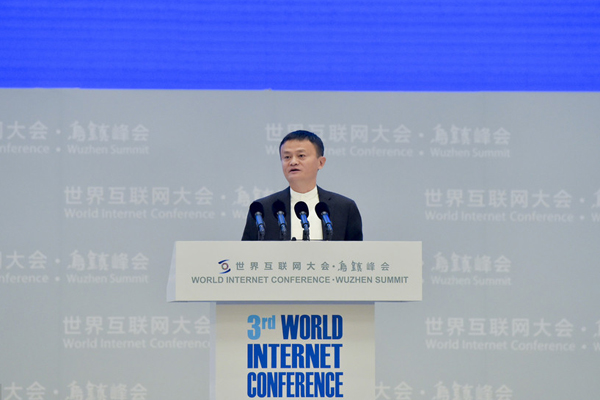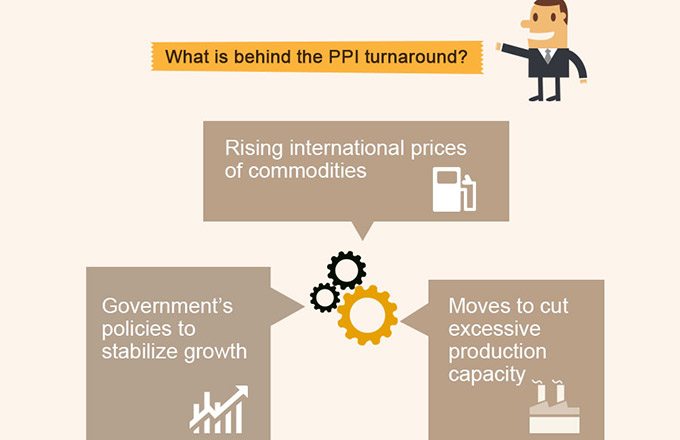Fuel price rise powers reform calls
BEIJING - Every time China's top economic planner decides to raise fuel prices, it is sure to be bombarded with complaints. This time, such grumbles only grew louder.
The National Development and Reform Commission (NDRC) announced this year's first increase in the retail prices of gasoline and diesel on Sunday, unusual timing as the country was celebrating the Lantern Festival.
Coincidentally, Taiwan's CPC Corporation, the price setter there, announced on the same day that it will adjust fuel prices in response to changes in the international market -- but in the opposite direction to the mainland.
At a time when the mainland public are increasingly sensitive about price hikes, news of such an outright contrast immediately landed like a torpedo in cyberspace.
"What a bitter joke!" commented a netizen one China's Twitter-like Sina Weibo platform.
Under the mainland's oil product pricing system introduced in 2009, domestic fuel prices may be adjusted when crude oil prices in Brent, Dubai and Cinta change by more than 4 percent over 22 working days.
Price rises in the three areas met such requirements on Feb 21, with the moving rate exceeding 4.85 percent, according to the price monitoring system run by Xinhua News Agency.
Instead of immediately lifting prices, the NDRC, as is its habit, delayed the adjustment by several days, during which time international prices have experienced a substantial drop, explaining Taiwan's latest adjustment as its pricing system tracks changes over a shorter period.
Expecting ample supplies and possible slowing of quantitative easing in the United States, analysts have predicted international oil prices would head downward in the near term.
"If the NDRC keeps delaying, it will miss the latest round of adjustment given the current downward trend in the international market," explained Lin Boqiang, an energy expert at Xiamen University.
Although the adjustment is based on movements in the international market, the price-setting NDRC has been accused by some consumers of compromising public interests in favor of those of the privileged oil giants in its decision-making. There have also been calls for more market-guided reforms in the sector.
Under the current mechanism, the NDRC can delay raising prices when inflation is running high, but it also creates room for unfair plays that may hamper efficiency in resource allocation.
Given the country's severe energy outlook, China has decided to let the market play a more central role in the price setting.
Lin pointed out several possible areas for reform, including shortening the adjustment period from 22 working days to 10, narrowing the range requirements from 4 percent to 2 percent, and allowing oil producers to adjust prices instead of the NDRC.
In this way, price changes will be more timely and frequent, but the public will view the changes more rationally as only the market has the final say, the academic noted.
According to analysts, the relatively tempered inflation and downward trend in international oil prices offer an ideal setting for China to introduce such reforms.
"This is a relatively good time for making adjustments to the mechanism as we can avoid the impact of the rising prices on the inflation," Lin said.
In 2012, China's net oil imports amounted to 284 million tonnes, which means the country is 58 percent reliant on foreign supplies in this area, up 1.5 percentage points from a year earlier, according to a report by the CNPC Economics and Technology Research Institute.























